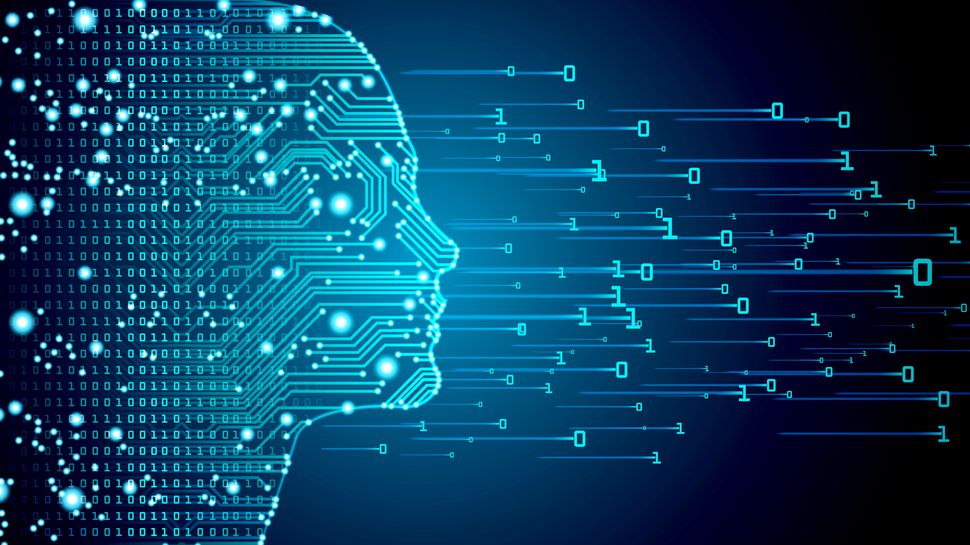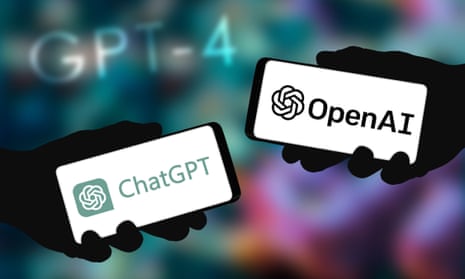Using AI to build AI: how enterprises are increasing revenue while upskilling headcount
Using AI to build AI: how enterprises are increasing revenue while upskilling headcount
Share:
AI presents a compelling alternative approach to software development. When you purchase through links on our site, we may earn an affiliate commission. Here’s how it works. In today's rapidly evolving digital landscape, enterprises face mounting pressure to deliver innovative solutions faster, at a higher quality, while managing costs effectively. Traditional approaches to software development, which rely heavily on expanding development teams to meet growing demands, are becoming increasingly unsustainable.
![[ASUS ROG Astral LC GeForce RTX 5090 OC Edition liquid cooled graphics card against a blue background]](https://vanilla.futurecdn.net/cyclingnews/media/img/missing-image.svg)
As we stand at the cusp of a technological revolution, AI presents a compelling alternative that could fundamentally transform how we approach software development and modernization. This transformative technology is particularly relevant in an era where digital transformation initiatives are accelerating across industries, and the demand for software development talent far exceeds the available supply.
Through the strategic implementation of AI, enterprises are discovering new ways to break free from the traditional linear relationship between revenue growth and workforce expansion. Co-founder of Quantiphi. The role of AI agents in software development represents one of the most significant technological shifts in recent years. These agents are fundamentally changing how software gets built and delivered across enterprises.
Accelerated development timelines: AI agents demonstrate the capability to generate code up to 70% faster than human developers. By automating routine coding tasks, developers can redirect their focus towards strategic aspects of development. Furthermore, these agents enable rapid prototyping, facilitating quick iterations and faster time-to-market for new features and products. Cost optimization: With AI agents, organizations can achieve significant cost reductions through decreased development hours, lower overhead costs compared to maintaining large development teams, and minimized expenses related to debugging and quality assurance activities.
Enhanced quality and consistency: AI agents consistently follow standardized coding practices, incorporate automated error detection and prevention mechanisms, and leverage built-in optimization capabilities to ensure superior performance. Additionally, they maintain comprehensive project documentation through systematic generation processes. Scalability benefits: AI agents can efficiently manage multiple projects simultaneously while maintaining consistent performance levels regardless of workload. They also demonstrate remarkable adaptability by quickly learning and implementing new programming languages and frameworks.
Fully autonomous AI agents in software development, while powerful, present several challenges that need careful consideration:. Limited human oversight: Without real-time intervention mechanisms during code generation, it becomes challenging to incorporate domain-specific knowledge and capitalize on strategic decision-making opportunities at crucial development stages. Trust and reliability concerns: There's inherent uncertainty about the reliability of automatically generated code—potential security vulnerabilities could go undetected and there’s limited ability to validate business logic implementation. Furthermore, ensuring compliance with industry standards and regulations becomes more complex.
Integration complexities: Organizations struggle with seamlessly integrating AI agents into existing development workflows, maintaining consistency with established coding standards, adapting to organization-specific requirements, and managing potential conflicts with legacy systems and architectures. Knowledge transfer limitations: Reduced opportunities for knowledge sharing and team learning, increased risk of organizational dependency on AI systems without building internal expertise, and challenges in maintaining and updating organizational best practices create long-term risks.
To address the challenges listed above, AI agents steered by human-in-the-loop can be used to leverage the strengths of both humans and AI:. Controlled automation: Human experts and developers can guide and validate AI decisions at critical points in the development process, facilitating controlled automation. Quality assurance: Quality assurance is enhanced as human experts can review and refine AI-generated code in real time, ensuring high standards are maintained.
Context integration: A system that incorporates human-steered AI agents allows for effective context integration, incorporating business requirements and domain knowledge seamlessly into the development workflow. Risk mitigation: Continuous human oversight reduces the likelihood of errors and ensures alignment with business objectives. Knowledge enhancement: These systems exhibit continuous improvement through knowledge enhancement, as AI systems learn from human feedback and become more refined over time.
The true power lies in creating a collaborative environment that fosters a symbiotic relationship. Developers can focus on high-level architecture and strategic decisions while AI handles routine coding tasks and initial implementations. This collaboration creates a feedback loop where humans provide corrections that improve AI performance, and teams maintain control while benefiting from AI acceleration.
















-0-15-screenshot-xl.jpg)




